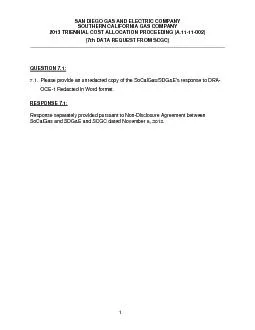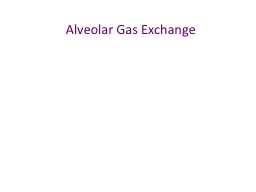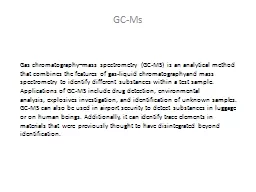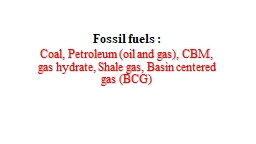PPT-Blood Gas Analysis &
Author : yoshiko-marsland | Published Date : 2020-04-04
Blood Gas Analyser Radadiya Shraddha Kevadiya Pinal Goti Priyanka Thummar Vaishali INTRODUCTION An arterial blood gas ABG analysis measures pH Concentration of
Presentation Embed Code
Download Presentation
Download Presentation The PPT/PDF document " Blood Gas Analysis &" is the property of its rightful owner. Permission is granted to download and print the materials on this website for personal, non-commercial use only, and to display it on your personal computer provided you do not modify the materials and that you retain all copyright notices contained in the materials. By downloading content from our website, you accept the terms of this agreement.
Blood Gas Analysis &: Transcript
Download Rules Of Document
" Blood Gas Analysis &"The content belongs to its owner. You may download and print it for personal use, without modification, and keep all copyright notices. By downloading, you agree to these terms.
Related Documents














